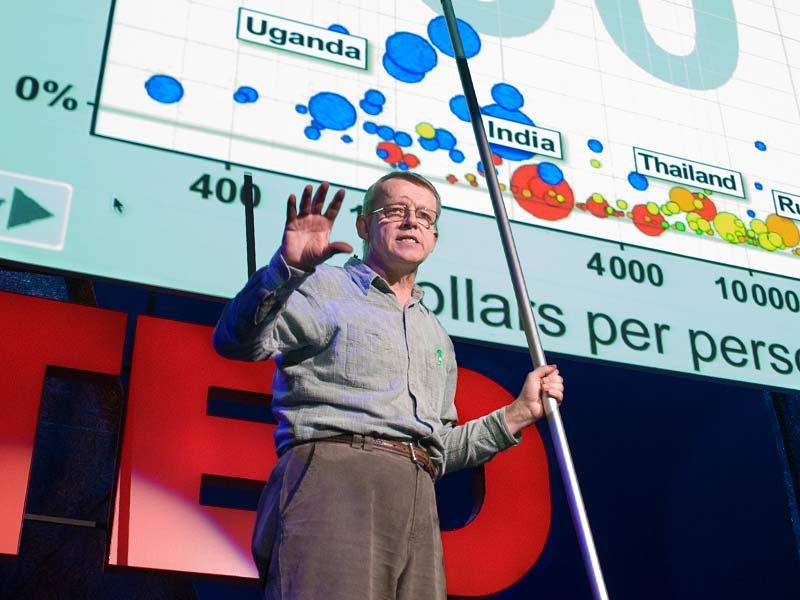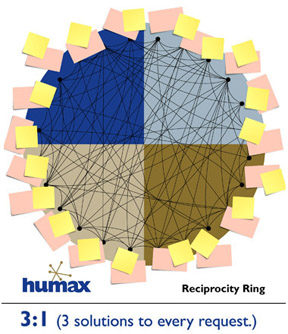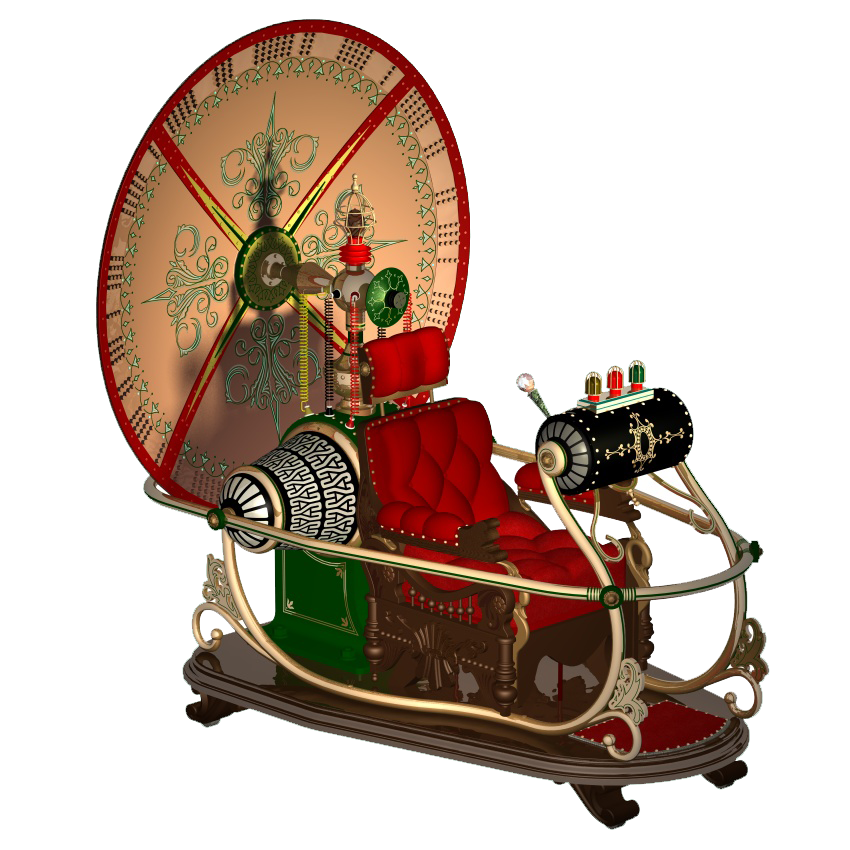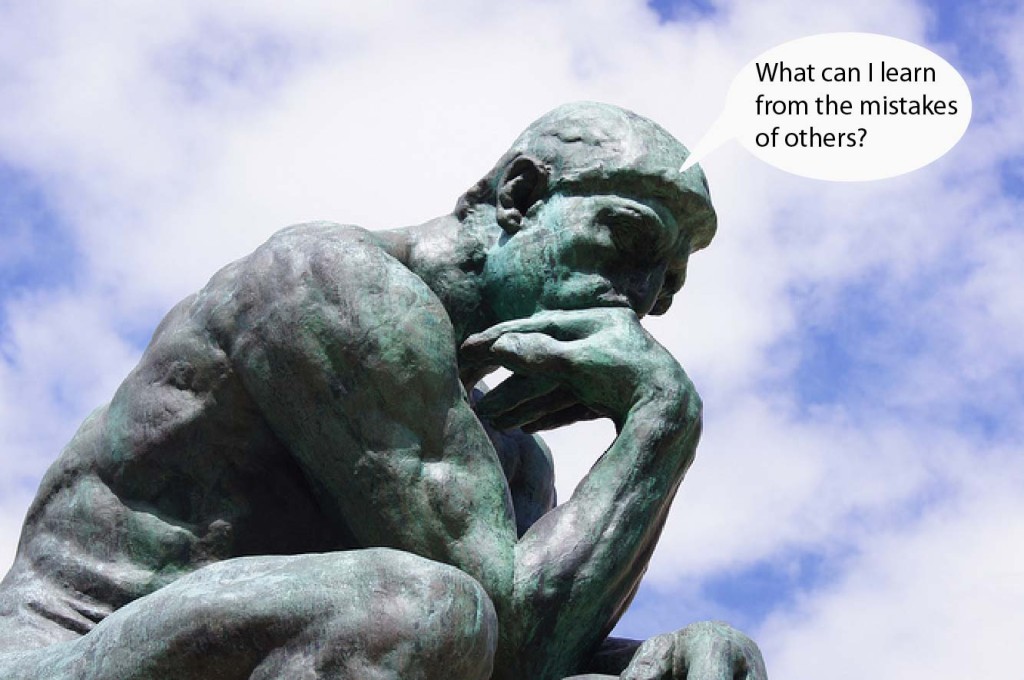“Who do you serve and what problems do you solve?”
—Simon Sinek, British-born American author and inspirational speaker
How satisfied do you feel at the end of each day?
Regardless of whether you receive gobs of recognition or praise from those around you, it’s helpful to have your own internal scoreboard to measure your life.
How clear are you about the people you serve in both your personal and professional worlds? Take a few minutes to get very specific so that you can increase your intentionality with these folks.
What problems do you solve that they value and most likely couldn’t solve as well or as quickly without your assistance? Again, get as specific as possible as to the difference you make in their lives.
EXERCISE:
At the end of the day ask and answer the question, Who did I serve and what problems did I help solve? I hope you then sleep well and give this exercise another go tomorrow.










